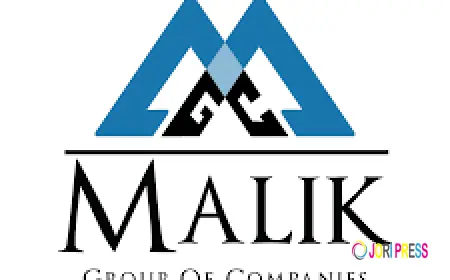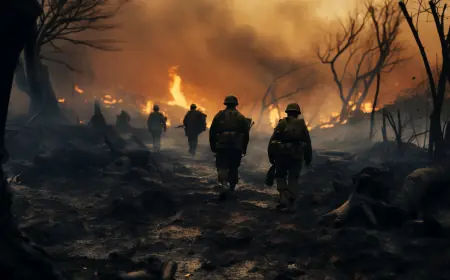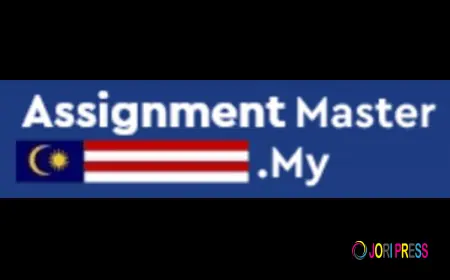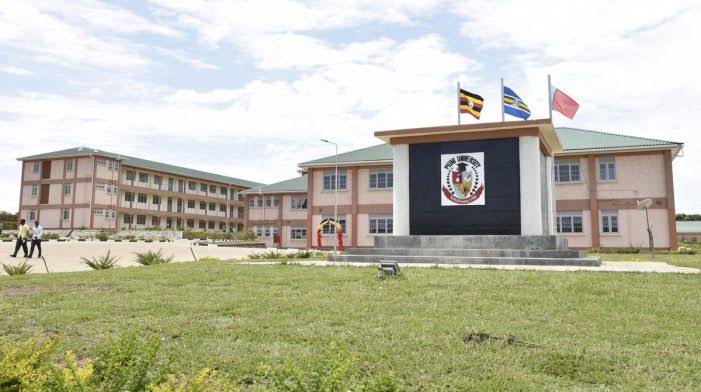Albertine graben exploration sets delicate balance between oil and conservation


Murchison Falls national park, one of Uganda’s most visited parks, is home to a rich variety of wildlife, including 144 mammal species, 556 bird species, 51 reptiles, and 51 amphibians.
Despite its ecological value, the park sits atop substantial oil reserves. According to the Petroleum Authority of Uganda (PAU), the Albertine Graben holds an estimated 6.5 billion barrels of oil, with 1.4 billion barrels considered technically recoverable.
Like many development projects, oil exploration and extraction can affect wildlife habitats and migration routes. However, innovative conservation efforts in Uganda’s Albertine Graben are helping to protect ecosystems for future generations.
To support this goal of coexistence, the project’s infrastructure has been thoughtfully designed to follow the mitigation hierarchy—avoid, minimize, restore, and offset—ensuring reduced environmental impact throughout its lifecycle.
MITIGATION MEASURES TO MINIMIZE ENVIRONMENTAL IMPACT
Several measures have been introduced to preserve wildlife within their natural habitats. These include the use of silent drilling rigs to reduce noise and vibration, inward-facing warm lighting to minimize light pollution, and dull-colored vehicles and infrastructure to blend with the environment and soften visual impact.
Additionally, dust suppression and traffic management strategies have been implemented to maintain a calm and stable environment.
“From the outset, project engineers, ecologists, and biodiversity experts have worked collaboratively to proactively manage ecologically sensitive areas. For instance, kobleks—critical breeding grounds for Uganda Kobs—have been carefully preserved by excluding them from development zones, ensuring the protection of these vital habitats,” Ochanda said.
Each well pad is enclosed by a green earth bund perimeter constructed using topsoil originally removed during site preparation. This topsoil, rich in native seeds, supports natural regeneration and is used for site restoration after decommissioning.
The bund walls soften visual impact, act as protective barriers to prevent wildlife from accessing operational areas and enhance safety for both the infrastructure and surrounding ecosystems.
TotalEnergies EP Uganda has also restored areas along buried pipelines using dominant indigenous species such as Sporobolus pyramidalis, Hyperthelia dissoluta, Hyparrhenia spp, Brachiaria spp, Setaria sphacelata, Digitaria abyssinica, and Panicum maximum.
Heavy rains, particularly around the Kituna and Tangi rivers, often lead to surface runoff that affects operations. In response, TotalEnergies EP Uganda partnered with the Uganda Wildlife Authority (UWA) to rehabilitate the Kituna Bridge and Albert Track, significantly improving site access even during the rainy season.
PROTECTING WILDLIFE
A range of conservation actions have been implemented to safeguard ecosystems and support wildlife.
These include collaring elephants, lions, and other species to monitor their movements and stress levels, removing wire snares from identified poaching zones, managing invasive species, and installing solar-powered electric fences to prevent animals from straying into nearby communities.
While these efforts have made a positive impact, poaching and the use of wire snares remain serious threats to wildlife in Murchison Falls National Park. Animals are often targeted for their meat, tusks, skins, and other valuable body parts.
Key poaching hotspots include the Pakwach sub-counties, which account for 60% of local poachers, and the Latoro area across the Albert Delta. While poachers mainly target antelope and buffaloes, wire snares are non-selective.
As a result, elephants, lions, and giraffes are often unintentionally trapped, leading to severe injuries or fatalities. According to Kiirya, snares have caused severe injuries to wildlife in the park.
Some elephants have lost their trunks while lions and giraffes have suffered limb amputations. These injuries make survival extremely difficult for the animals.
THE HUMAN COST OF POACHING IN UGANDA
Poaching is not only illegal but also poses serious risks to human life. In Uganda, numerous poachers have been injured or killed while attempting to retrieve trapped animals or during confrontations with wildlife rangers.
According to the 2024 Uganda Wildlife Authority (UWA) report, intensified operations led to the arrest of 2,145 suspects and the recovery of 10,190 assorted wildlife products and 30,578 poaching implements, including firearms and ammunition.
This marked a 35.2% increase in arrests compared to the previous year, underscoring the growing scale of enforcement and the persistent threat posed by poaching
CHANGING MINDSETS
Through the Tilenga Biodiversity Program, TotalEnergies EP Uganda is advancing conservation efforts by integrating targeted awareness campaigns with sustainable livelihood initiatives—empowering communities to protect biodiversity while improving their economic well-being.
To reduce dependence on wildlife and forest resources, the program empowers local communities through a variety of alternative income-generating initiatives. These include beekeeping, agroforestry, sustainable agriculture, vocational training, and small business development.
All these initiatives are implemented through strong partnerships with local leaders, NGOs, regulatory bodies, and government agencies—creating pathways to self-sustainability and ensuring long-term impact.
What's Your Reaction?
 Like
0
Like
0
 Dislike
0
Dislike
0
 Love
0
Love
0
 Funny
0
Funny
0
 Angry
0
Angry
0
 Sad
0
Sad
0
 Wow
0
Wow
0













































